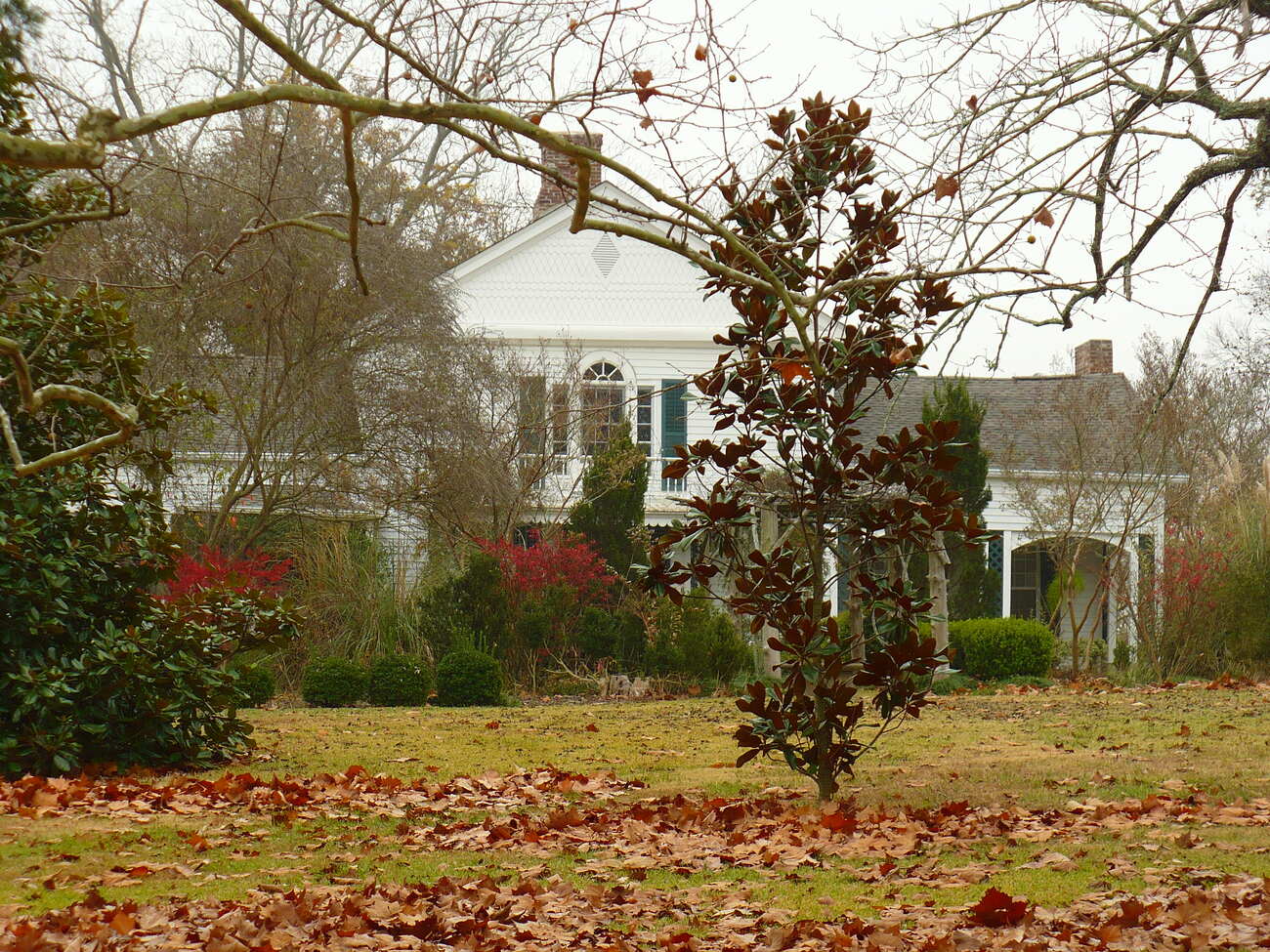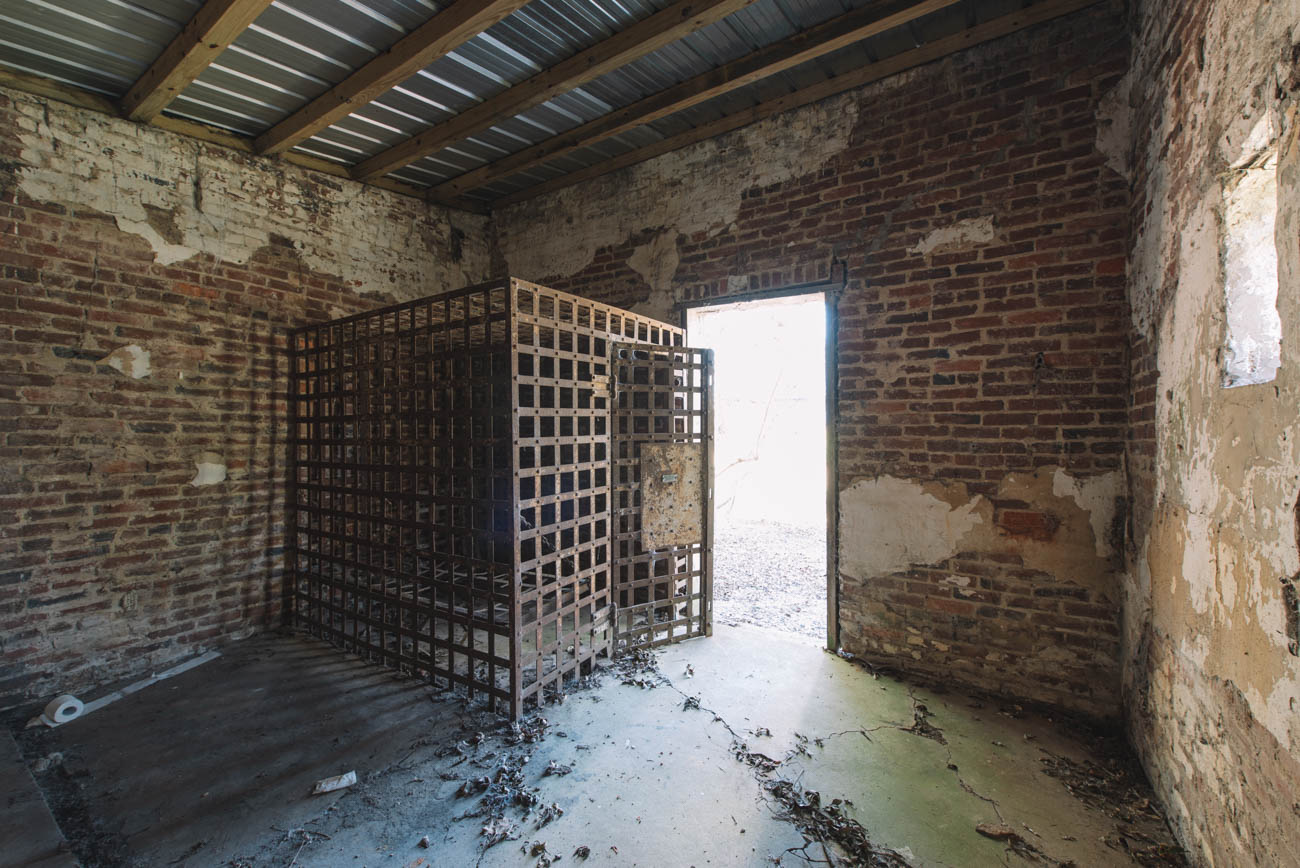| City/Town: • Faunsdale |
| Location Class: • Community |
| Built: • 1907 | Abandoned: • 1955 |
| Status: • Abandoned |
| Photojournalist: • David Bulit |
Table of Contents
History of Faunsdale
Faunsdale, Alabama, was known initially as St. Michael’s Parish after a log church built on land donated by Virginian Dr. Thomas Alexander Harrison. Harrison moved to Marengo County in 1843 after purchasing 960 acres in the Canebrake from Charles City County, Virginia. According to historian J. W. Dubose’s 1947 account, after Harrison acquired his property, which he named Faunsdale Plantation, he no longer practiced as a doctor but devoted himself to cotton. Harrison named his plantation after Faunus, the ancient Roman god of the forest, plains, and fields.
Before Harrison, the plantation was developed during the 1830s by Bird Pearson and Henry Augustine Tayloe who was among the pioneers in developing forced-labor cotton plantations in the Canebrake region, using enslaved workers. He also acted as a land agent, acquiring numerous plantations in the area for investment by his four older brothers.
The area soon became an important center of the cotton industry, with many other plantations being established in its vicinity. In 1850, Andrew Pickens Calhoun, son of U.S. vice president John C. Calhoun, built Cuba Plantation in the Faunsdale area. While secretary of war in the administration of President James Monroe, the elder Calhoun had supervised a land grant to French colonial expatriates in nearby Demopolis, called the “Vine and Olive Colony” at the time.
The log church was replaced with a Gothic Revival building in 1855. Dr. Thomas Alexander Harrison was killed in a buggy accident in 1858 and was the first person buried in the church’s graveyard. A railroad line reached Faunsdale in 1861, connecting it to the nearby river-port towns of Selma, Dallas County, and Demopolis, and the citizens named the rail station in honor of the recently deceased Harrison’s home.

Faunsdale Jail
This tiny one-room jail was built about 1907, the year that Faunsdale was incorporated as a town. It is the oldest separate jail in Marengo County and the oldest public building in Faunsdale. It was used until 1955. The walls of the jail, almost a foot thick, are constructed with brick. The window opening and entrance door have segmental arches. Inside the jail is only one cell—an iron-barred cage in the corner near the entrance furnished with nothing more than an iron cot.
Just as it was with the old Thomaston calaboose, the Faunsdale jail acted more of a holding cell for drunks and mischiefs while more dangerous criminals were moved to the county jail at the Old Marengo County Courthouse. It was used so little that locals talked about repurposing the building as a greenhouse or garden in the late 1910s. Today, the area has been beautified with the jail being open to the public.








